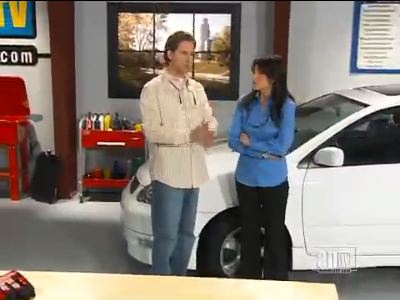Can you think of anyone who enjoys aging? Wrinkles where you don’t want them, gray hair, eyes that won’t focus any more, no stamina.
Believe it or not, your tires age, too, and they don’t get better the older they get. And here’s the important thing to know, even if they can still pass a tread depth test, they may simply be too old to be safe
Here’s the best way to understand this. Have you ever found an old deck of playing cards with a rubber band wrapped around them? Try stretching the rubber band. SNAP! It’s all cracked and brittle. And you haven’t stressed that rubber one bit since the time you put them in that drawer.
Now you know what’s happening to your tires. Rubber ages. Just like us, the day we come into the world, we start to go downhill (no pun intended). Oh, engineers are able to make a tire last longer than ever before. But that gas that keeps us alive—oxygen—seems to love to chemically mix with some components in rubber. Oxidation causes rubber to become hard and brittle. The rubber band test.
Is there an age test that can tell you when a tire is tool old to roll? Well, not really. They don’t all age the same. Hot climates can make tires wear out more quickly. Some experts say a tire can last up to 10 years but should be inspected every year after the age of five. Others say tires should have an expiration date at six years old.
Since no one would ever ask a tire its age, how do you know how old one is? Believe it or not, tires made after the year 2000 have a date code stamped on either the inside or the outside of the sidewall. It’s a four-digit numbers; the first two tell you the week, the second two tell you the year. So if it has the number 1916, it was made in the 21st week of 2016.
Another way to find out if your tires still have enough life in them is to have your vehicle service facility inspect them. They look for signs of age, such as developing cracks in the rubber, the condition of the sidewalls and, of course, that old standby: tread. If it’s time to “retire” them, discuss options with your service advisor.
Autotronics of St. Peter
111 Jefferson Avenue
St. Peter, MN 56082
507.934.9290
http://autotronicsstpeter.com
